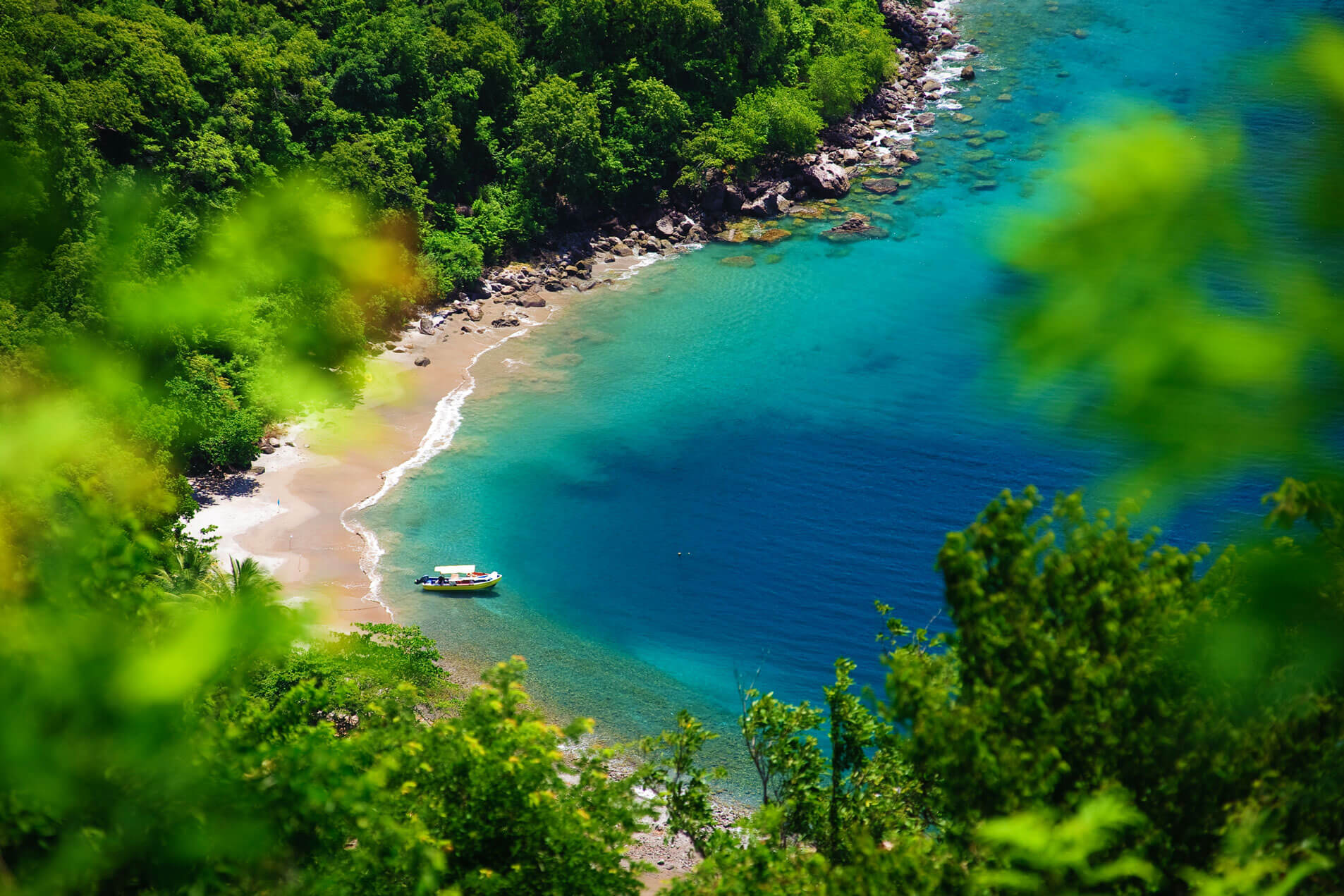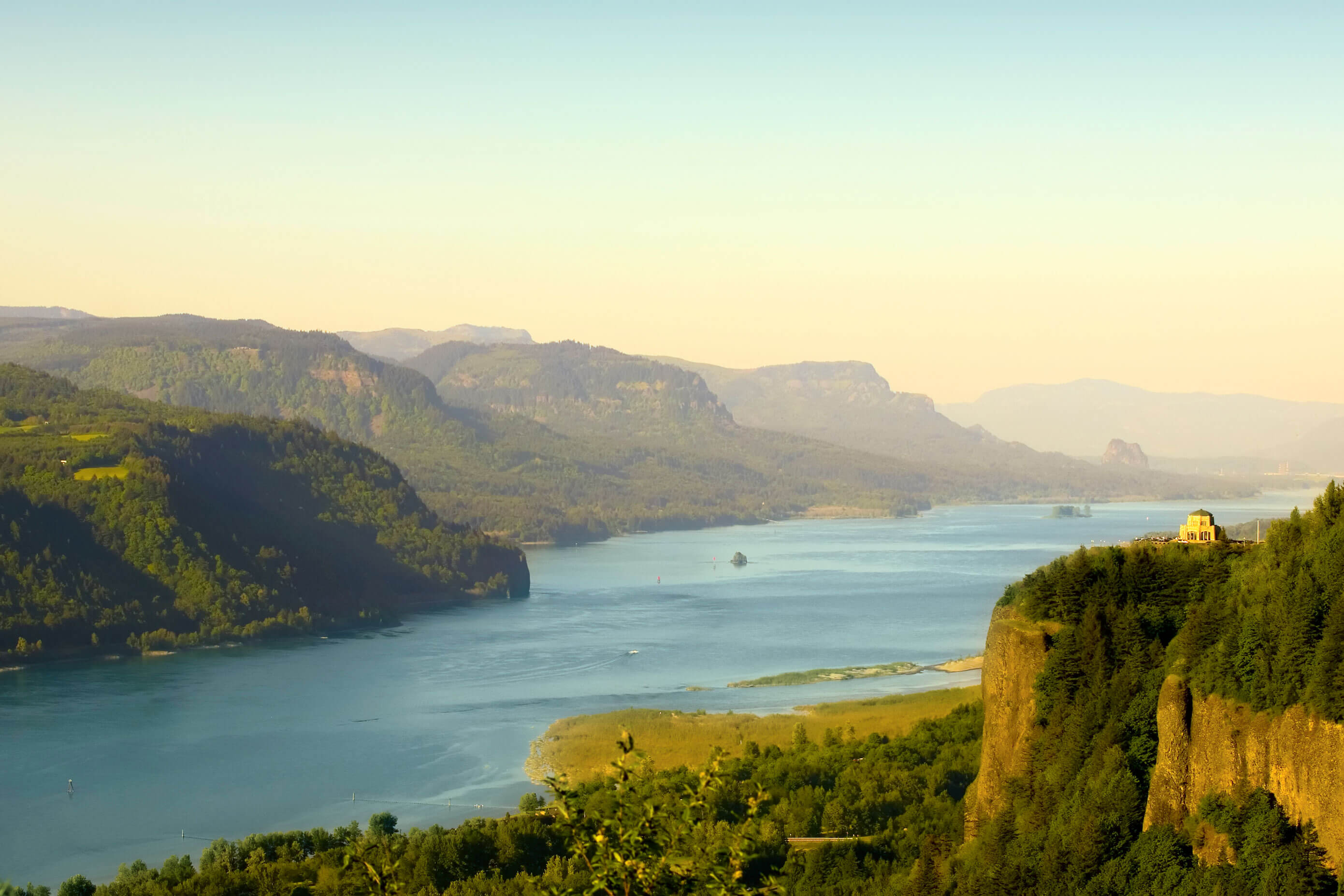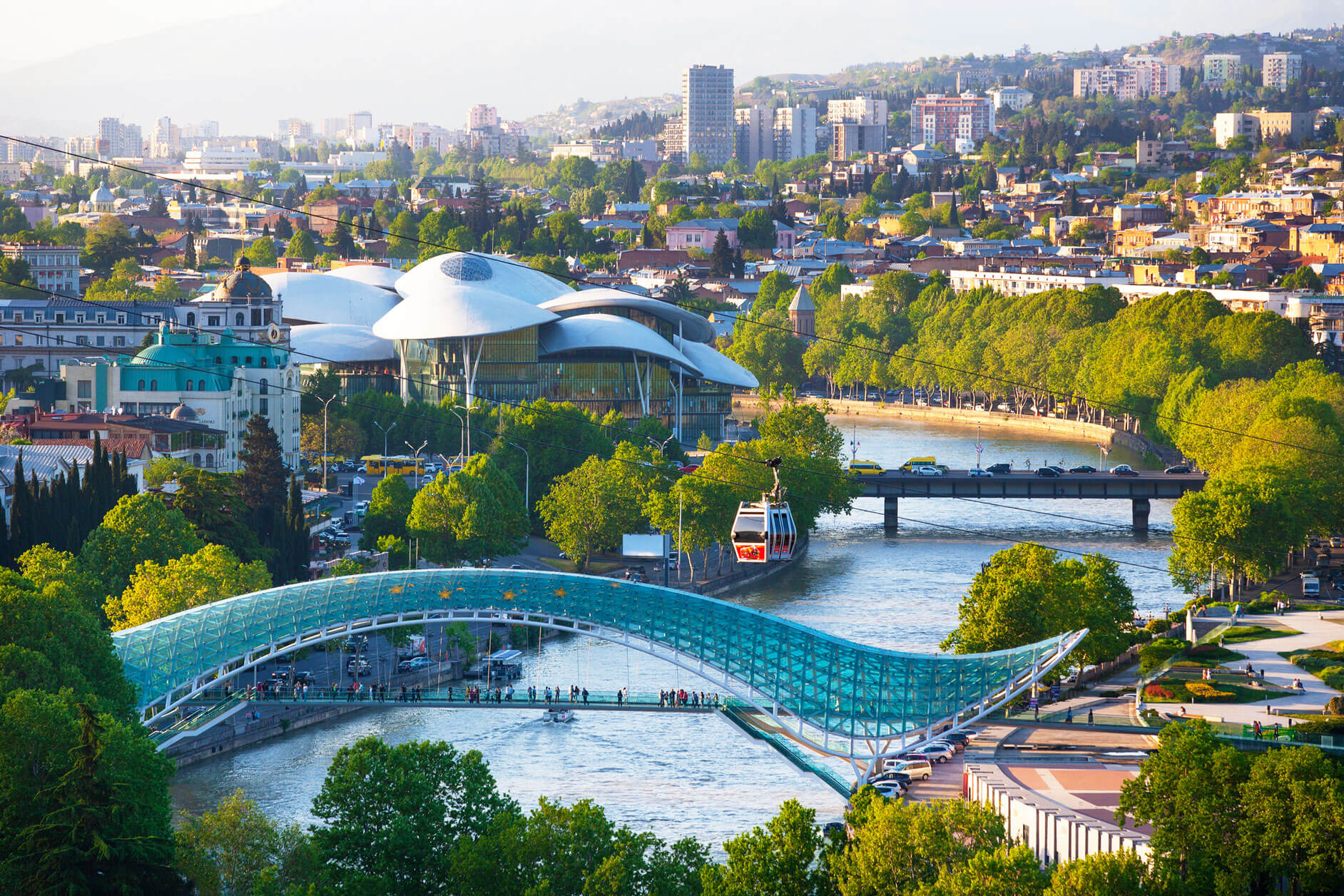1/1 Oops. Incorrect.
0%
0pts Earned
0/1correct
20/20
Where can you see the world’s most accessible active volcano?
On Tanna Island in Vanuatu, you can get up close and personal with an active volcano. Mount Yasur is famous for having easy access to its rim, where visitors can take a short 10-minute hike that safely passes through steaming ash fields and view bursts of lava. The nation of Vanuatu is a chain of 13 principal islands and many smaller islets, located about 1,000 miles east of Australia.
Source: BritannicaMarshall Islands
19%
Cook Islands
24%
Vanuatu
37%
Tonga
20%
19/20
What is Australia’s largest lake?
Most of Lake Eyre is typically dry, but on the rare occasions when the lake does fill up, it is the largest lake in Australia — covering more than 3,600 square miles. That’s nearly double the size of the next largest lake in Australia, Lake Torrens. Eyre also sits at the lowest natural point on the continent, 49 feet below sea level.
Source: World AtlasDove Lake
7%
Lake Amadeus
12%
Bumbunga Lake
37%
Lake Eyre
44%
18/20
What is unique about New Zealand’s Blue Lake?
New Zealand is no stranger to stunning natural formations, and Blue Lake in Nelson Lakes National Park on the South Island is just one such example. In 2009, it officially became the clearest freshwater lake ever reported when a team of researchers from the National Institute of Water and the Atmosphere (NIWA) began running optical tests and found nearly pure clarity, which is extremely rare.
Source: Environmental MonitorLargest lake in Oceania
13%
Deepest lake in the world
5%
Nearly pure water clarity
53%
Half saltwater, half freshwater
29%
17/20
Apia is the capital of which country in Oceania?
The South Pacific island nation of Samoa is sometimes referred to as the “Cradle of Polynesia” — the original homeland of all Polynesian peoples. The island gained independence from New Zealand in 1962. About one-fifth of the population of 200,000 lives in the nation's only town and capital, Apia.
Source: BritannicaKiribati
19%
Fiji
30%
Tuvalu
24%
Samoa
28%
16/20
The body of water separating Australia and New Zealand is nicknamed what?
The Tasman Sea spans 900,000 square miles and separates the island nations of Australia and New Zealand in the southwest Pacific. The sea lies just south of the Coral Sea and connects with the Bass Strait, which separates Australia from Tasmania and leads to the Indian Ocean. Both Australians and Kiwis colloquially refer to the sea as “the ditch,” just as Brits and Americans refer to the Atlantic as “the pond.”
Source: BritannicaThe Great Bight
32%
The Pond
15%
The Ditch
36%
The Kiwi
17%
15/20
The Indonesian province of Papua is home to what natural feature?
Puncak Jaya, also called Carstensz Pyramid, is the world’s highest island peak, rising 16,024 feet above the western half of the island of New Guinea, in the Indonesian province of Papua. Puncak Jaya is considered one of the Seven Summits — the tallest mountain on each continent — because it is the tallest in Oceania.
Source: Live ScienceWorld's most active volcano
18%
World's highest island peak
18%
World's largest cave system
22%
World's oldest coral reef
42%
14/20
Which country is the easternmost point of the Coral Triangle?
Named for nearly 600 species of reef-building corals, the Coral Triangle is a diverse marine habitat in the western Pacific Ocean. It covers around 2.2 million square miles of ocean, from the Philippines in the north to the Solomon Islands at its southeastern point. Here, you can see six of the world’s seven marine turtle species, along with more than 2,000 species of fish.
Source: World Wildlife FederationSolomon Islands
56%
Australia
11%
New Zealand
14%
New Guinea
19%
13/20
Which Oceania territory marks the westernmost point of the U.S.?
The easternmost point of the United States is Point Udall in the U.S. Virgin Islands, while the westernmost point is Point Udall in Guam. Originally named Orote Point for its position on Guam's Orote Peninsula, the easternmost site was renamed in 1987 in honor of Morris Udall, the former congressman from Arizona. Point Udall in the Virgin Islands is named after his brother, Stewart, who served as secretary of the Interior under two Presidents.
Source: World AtlasNorthern Mariana Islands
10%
Midway Atoll
24%
Pitcairn Islands
3%
Guam
62%
12/20
The microcontinent of Zealandia is made up of New Zealand and what else?
Newly discovered Zealandia could have been Earth’s eighth continent, but there’s one problem — 94% of it is underwater. New Zealand’s North and South islands make up most of the above-sea-level landmass, and New Caledonia is its second-largest entity. Located just north of New Zealand, New Caledonia is a French territory made up of dozens of islands.
Source: Science News for StudentsTasmania
30%
Japan
1%
Australia
21%
New Caledonia
49%
11/20
Which Oceanic region is the island nation of Samoa part of?
Samoa is central to Polynesia, influencing the region’s culture — especially music, dance, and visual art — for centuries. Savai‘i Island, Samoa’s largest island, is said to be Hawaiki, the mythological Polynesian homeland. Samoa consists of nine islands, but only four (Upolu, Savai‘i, Manono, and Apolima) are inhabited.
Source: BritannicaZealandia
3%
Polynesia
73%
Micronesia
22%
Australia
2%
10/20
What country does the western half of New Guinea belong to?
Located just north of Australia, New Guinea is the world’s second-largest island. The territory is split almost equally in half: The western side belongs to Indonesia, and the eastern half is the independent country Papua New Guinea. Most of the island is mountainous and covered in rainforests. The island is rich in both plant life and wildlife, particularly reptiles, marsupials, and birds, both flightless and tropical.
Source: BritannicaPhilippines
12%
Australia
12%
Indonesia
65%
New Zealand
11%
9/20
What natural feature is located off the coast of the Mariana Islands?
The Mariana Trench is a crescent-shaped depression that descends roughly 36,000 feet deep, making it the deepest trench on Earth. To put its depth into perspective, if Mount Everest were placed inside the trench, its peak would still be a mile underwater. At Challenger Deep, the trench’s deepest point, remotely operated underwater vehicles explore the alien-like world devoid of natural light.
Source: BritannicaWorld’s deepest trench
82%
Oldest coral reef system
13%
Closest glacier to the equator
3%
World’s largest volcano
2%
8/20
Micronesia and Polynesia are dominated by what type of islands?
Also called “low islands,” coral islands barely reach above sea level and are made by coral reefs that build up around volcanic islands. Many form a coral atoll — as the volcanic island erodes, all that's left is a ring-shaped coral reef with a lagoon at its center. Micronesia and Polynesia, two subregions of Oceania, are full of atolls, which are typically uninhabited.
Source: National GeographicTidal
7%
Coral
61%
Artificial
1%
Barrier
30%
7/20
What is the smallest country in Oceania by area?
The largest country in Oceania is Australia. On the opposite end of the spectrum, Nauru claims the title of smallest country, covering just 8.1 square miles. The island nation is located just 25 miles south of the equator in Micronesia and is home to fewer than 15,000 people.
Source: World AtlasVanuatu
31%
Nauru
52%
New Zealand
2%
Guam
16%
6/20
Which of these geographical facts is true of Oceania?
More than 40 countries across the world don’t have borders on an ocean or sea. You won’t find any of them in North America or Oceania, the only two populated continents absent of landlocked nations. Antarctica, of course, has no landlocked countries, simply because it has no countries — although seven countries do lay claim to parts of the continent.
Source: Study.comIt’s the second-smallest continent
6%
95% of population is in Australia
22%
It has no landlocked countries
63%
It has no lakes
8%
5/20
How many sovereign countries are in Oceania?
There are 14 countries in the region of Oceania, which encompasses a wide swath of the South Pacific. These countries include Australia, New Zealand, Fiji, Kiribati, the Marshall Islands, Micronesia, Nauru, Palau, Samoa, Tuvalu, the Solomon Islands, Vanuatu, Papua New Guinea, and Tonga. Other islands — such as the Cook Islands, French Polynesia, New Caledonia, Guam, and American Samoa — are also part of the region but are territories of other countries.
Source: Worldometers4
11%
8
32%
14
40%
21
17%
4/20
What UNESCO World Heritage Site is off the eastern coast of Australia?
The Great Barrier Reef covers roughly 135,000 square miles of ocean off the coast of Queensland, Australia. The natural wonder is home to 400 types of coral, 1,500 species of fish, and many other threatened or endangered animals, such as the dugong and green sea turtle, which is why scientists are working to protect this crucial habitat.
Source: UNESCOHa Long Bay
1%
Mount Tambora
1%
Komodo National Park
5%
Great Barrier Reef
93%
3/20
The island of Tasmania is part of which country in Oceania?
Tasmania is a large island located about 150 miles off the coast of southern Australia. One of Australia’s six states, Tasmania is surrounded by a number of smaller islands. It was originally called Van Diemen's Land, but the island was renamed after Dutch explorer Abel Janszoon Tasman, the first European to encounter the island.
Source: BritannicaFiji
7%
New Zealand
27%
Australia
63%
Solomon Islands
4%
2/20
Many of Oceania’s islands are on a volcanic hot spot known as what?
The Ring of Fire is a horseshoe-shaped belt around the rim of the Pacific Ocean where many earthquakes and volcanic eruptions occur. Many of Oceania’s islands, especially in Melanesia (a subregion), were formed because of it. Known as volcanic islands, they are characterized by their steep peaks and ridges that stretch to the coastline.
Source: National GeographicMid-Atlantic Ridge
3%
Okhotsk-Chukotka Volcanic Belt
5%
The Ring of Fire
88%
Garibaldi Volcanic Belt
4%
1/20
Oceania encompasses thousands of islands in which ocean?
Oceania is a region in the South Pacific Ocean that includes the islands of Australia, Zealandia, Melanesia, Micronesia, and Polynesia. Defining what Oceania is can be tricky. Sometimes, it’s considered the seventh continent, but technically, it’s a region that includes the seventh and smallest continent, Australia. To avoid confusion, Australia and Oceania are typically lumped together when listing the continents.
Source: National GeographicPacific
71%
Atlantic
8%
Arctic
3%
Southern
18%
Play Quizzes By Category
Play A Trending Quiz
Trending, related and recent quizzes you may be interested in






